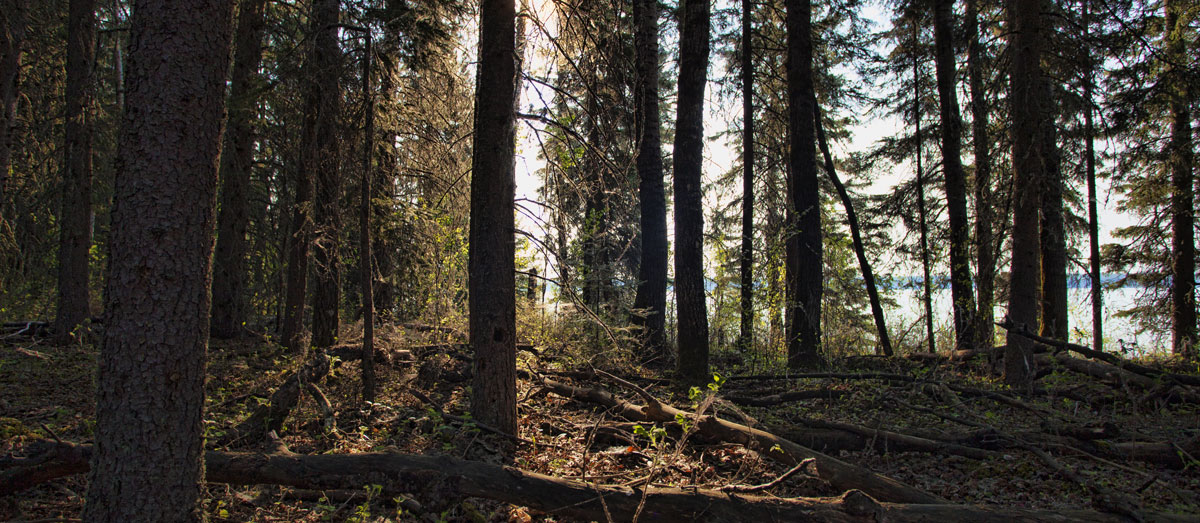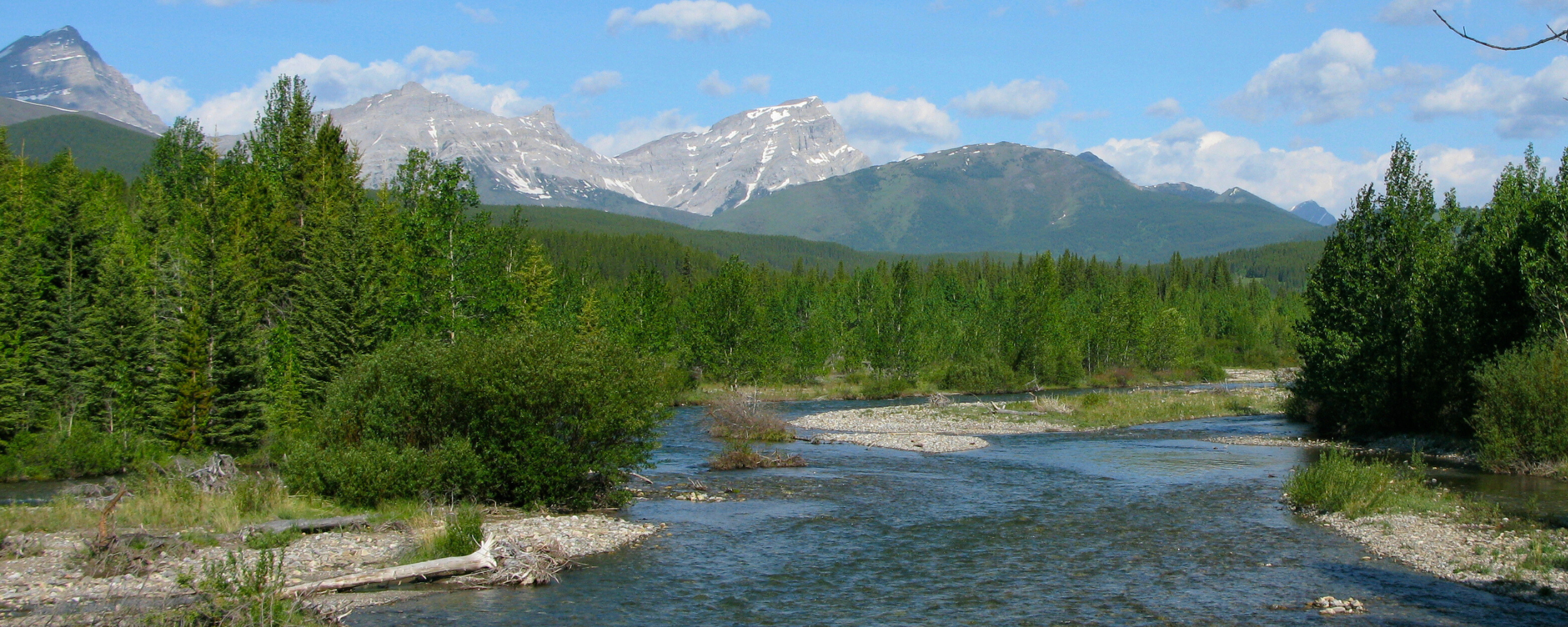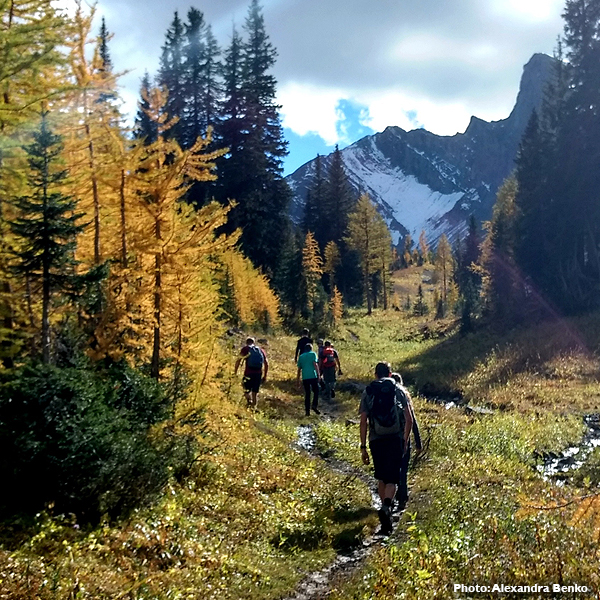There is nothing better than those early season excursions to the Rockies. Shades of green awaken the landscape, spans of vibrant shooting stars grace the meadows, and the cool breeze of snow-capped mountain peaks invigorate your body and mind to a new season of opportunity outdoors. Whether re-visiting your steps to familiar places, or exploring new trails, hiking is one of the best ways to appreciate the amazing outdoor heritage we have in southern Alberta. Having knowledge about an area, it’s plants and animals, is a great way to share with fellow hikers and further contribute to your outdoor experience. Being prepared and putting safety first also helps ensure a positive experience for all.
Last weekend, I went through the closet, donned my hiking gear, and headed to East Kananaskis for one of those delicious first days of spring. My pack was ready with water, a first-aid kit, extra moisture wicking warm clothes, rain gear, food, and of course, bear spray on my hip strap. The early morning was sunny and crisp. With every step, I would breathe and pause to enjoy the beauty of the surroundings. My mind, body, and soul were fed, a peaceful satiation washed over me.
Heading back, the trail had woken with people. About 4 km from the trailhead, a guy came running back towards us at full speed asking if anyone had bear spray. He had just encountered a large black bear on the side of the trail. I quickly and calmly took the safety off my bear spray and readied the trigger. I looked around and saw a small group behind us, we waited so that we could proceed as a large group together. As we cautiously walked down the trail I yelled, “YO BEAR!” repeatedly and discussed bear safety with the group. We did not encounter the bear, but we alerted fellow recreationalists as we went along and arrived safely at the parking lot.
The experience got me thinking about how special it is to live in a place where we can co-exist with iconic species such as bears. Grizzly bears, in particular, are a keystone species, indicating the health of a landscape. Having these bears means that we have large vast tracks of wilderness that is home to a full complement of other species in the ecosystem. A healthy wilderness necessary to sustain these animals also directly contributes to our clean drinking water and air. So while grizzlies have been extirpated from most places in North America, it is great to know that our region can still sustain these important creatures.
This month, Green Bites will focus on bears and bear safety. Learning about these animals and understanding our collective roles as outdoor stewards is critical for the health and well-being of all species on the landscape and helps to ensure that we can continue to enjoy these special places in a safe way.
Yours in conservation,
Anne-Marie Syslak
Executive Director,
CPAWS Southern Alberta
More Blog Posts

Speak Up, Write Out: The Power of a Local Op-Ed

Fine Issued to Forestry Operator for Erosion Control Failures


